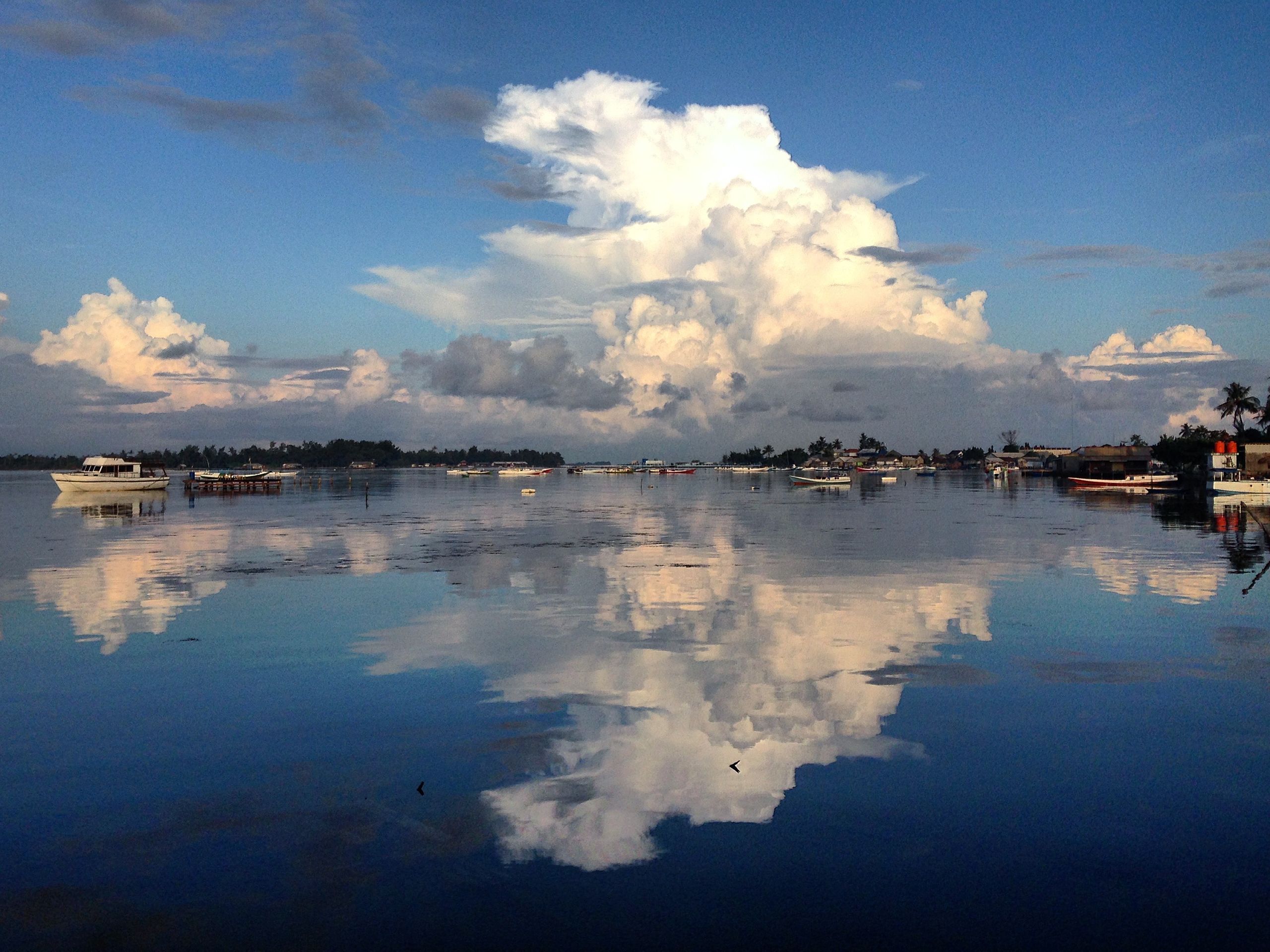Foz do Iguaçu
Გამოქვეყნდა: 15.03.2024
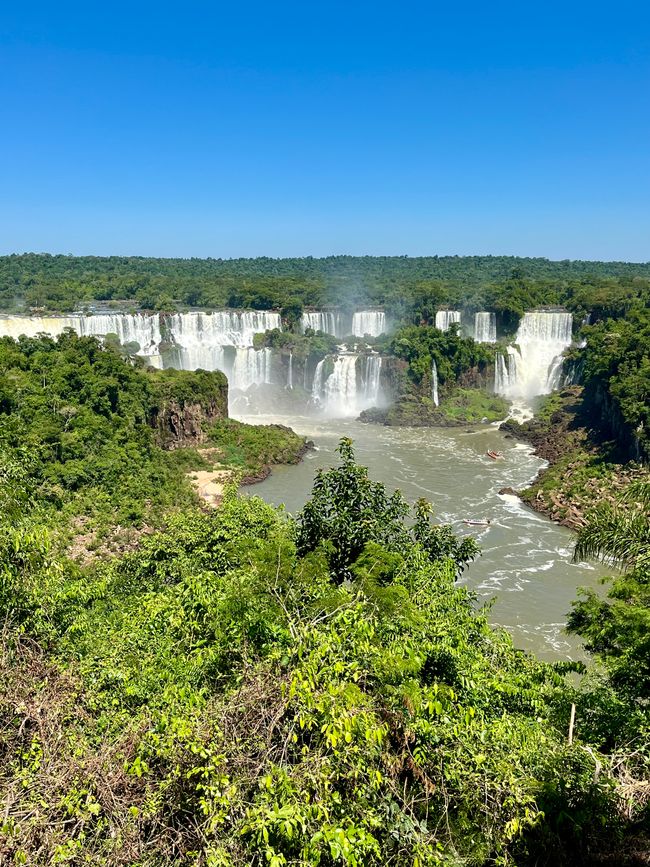
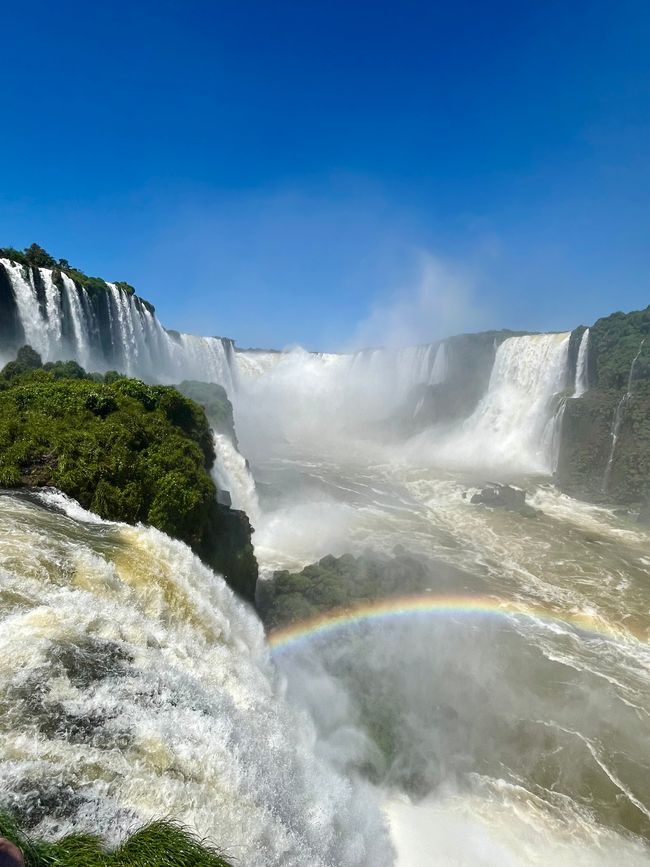
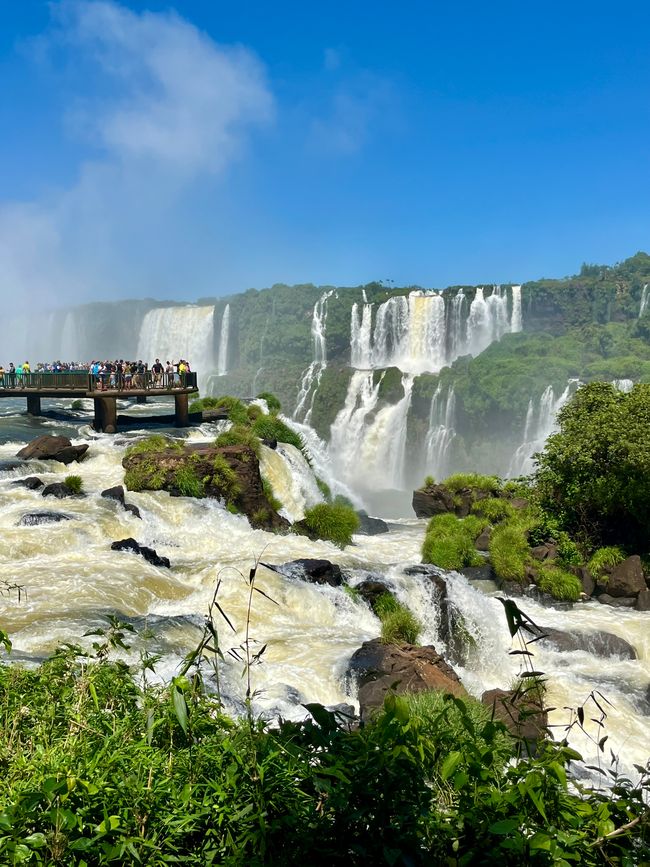
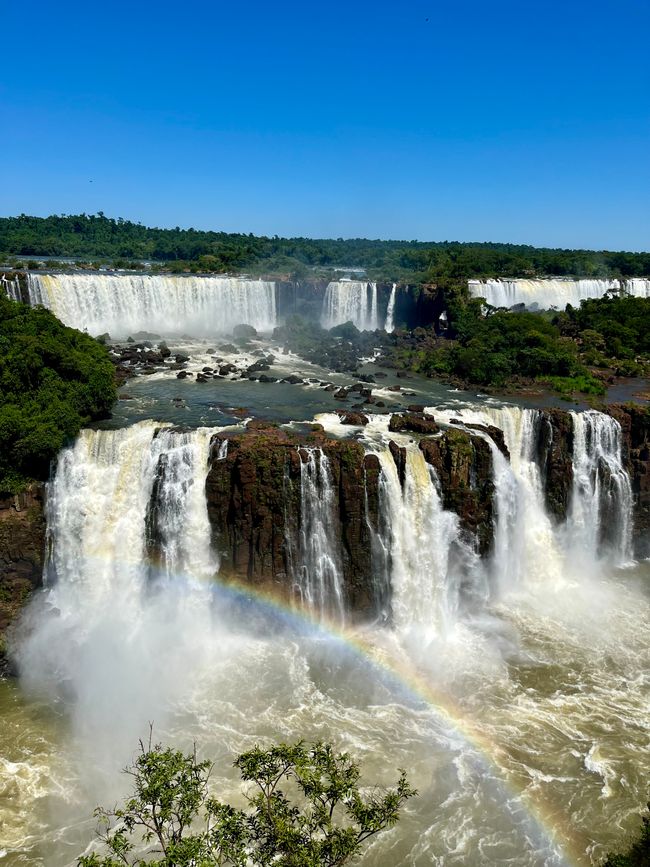
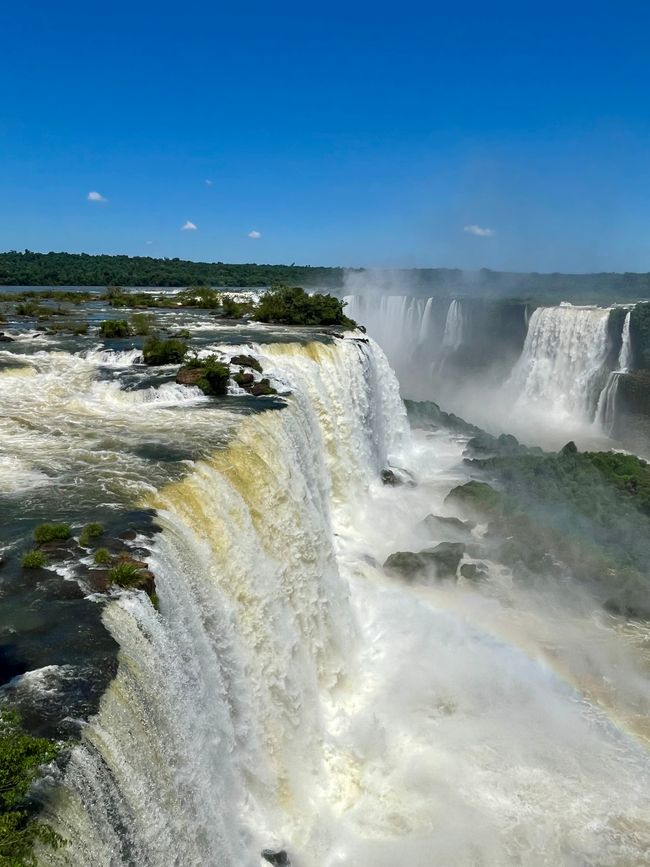
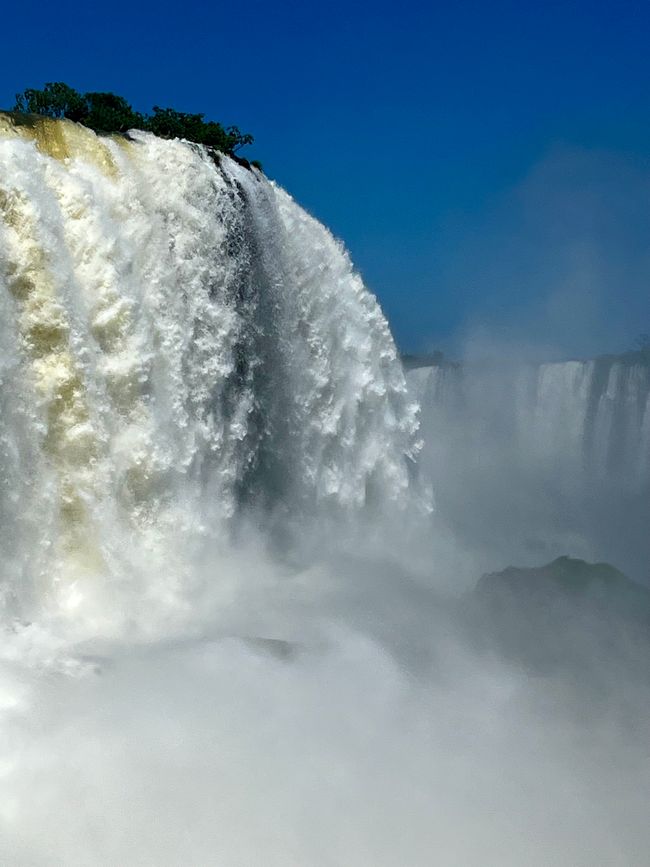
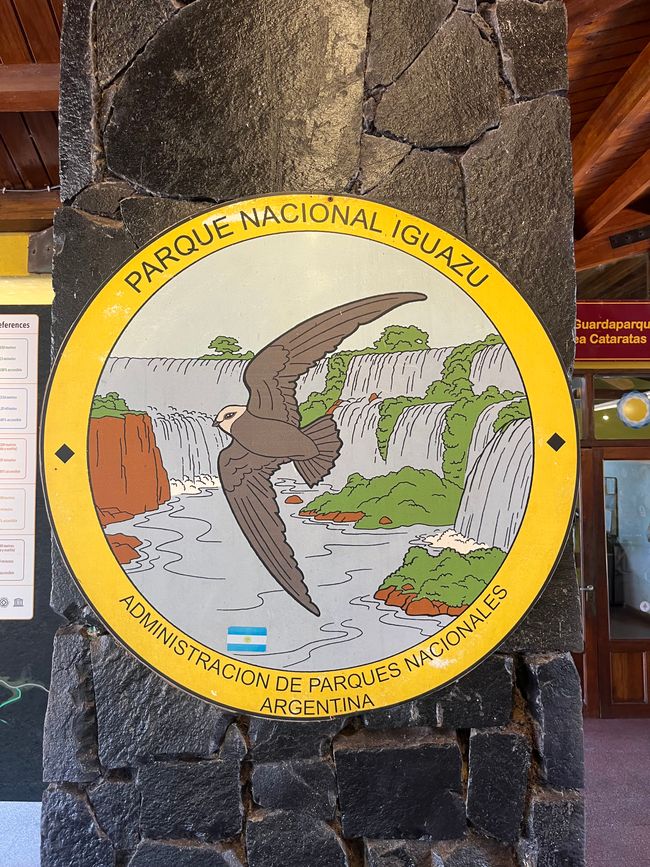

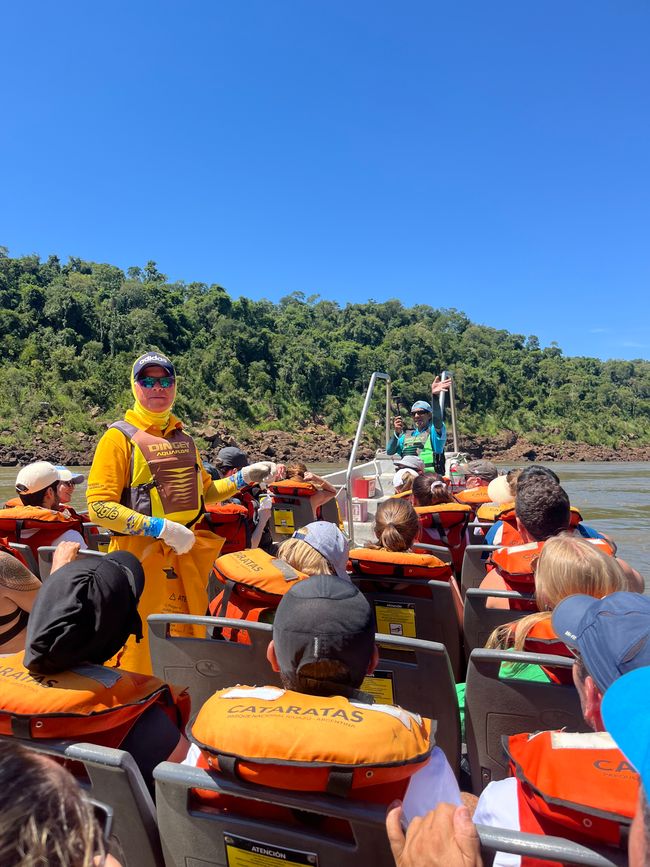

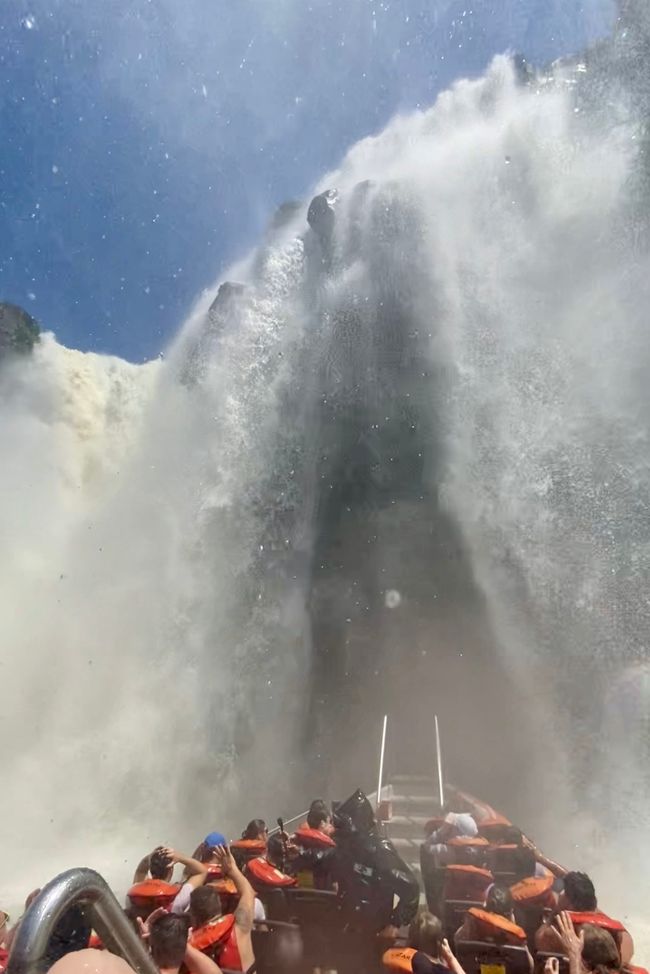
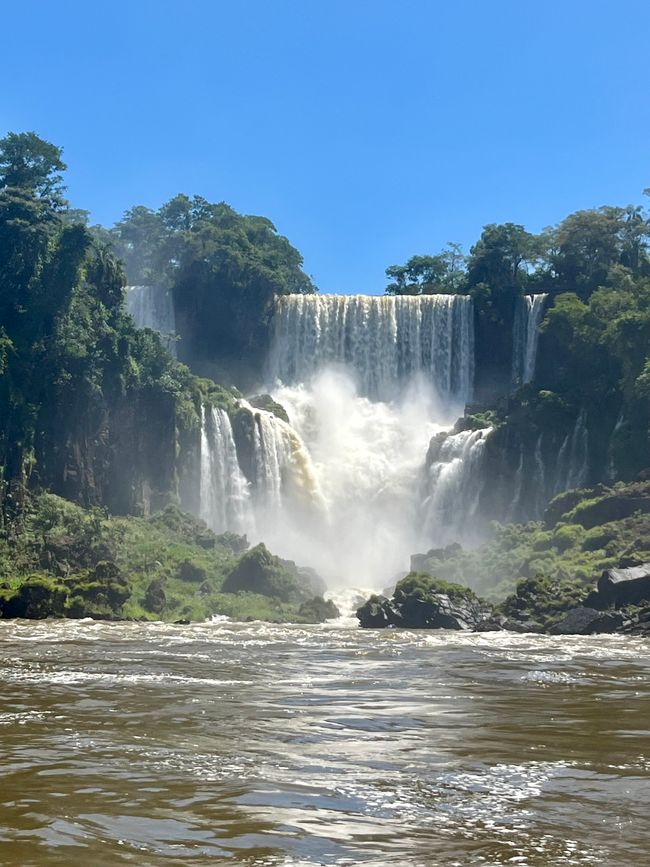
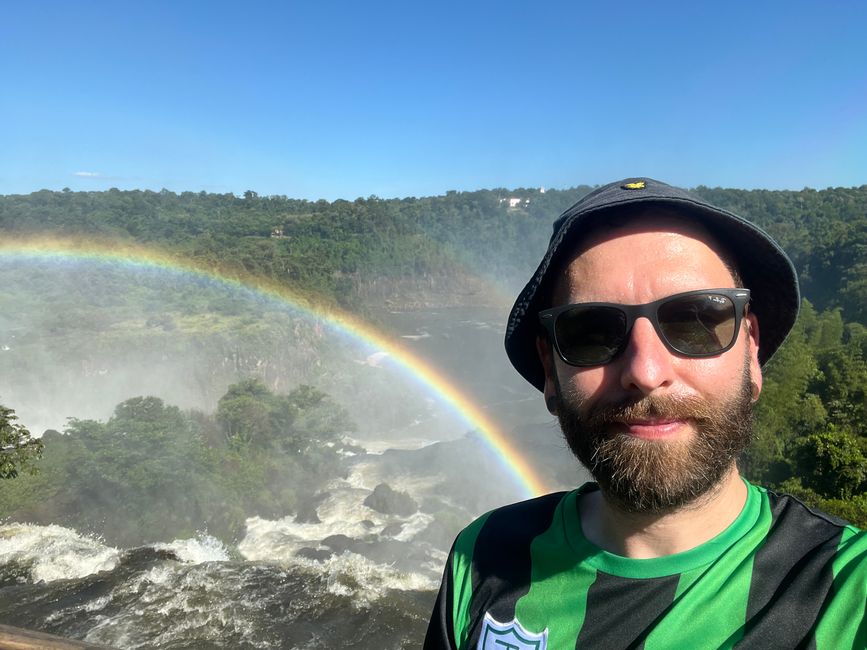

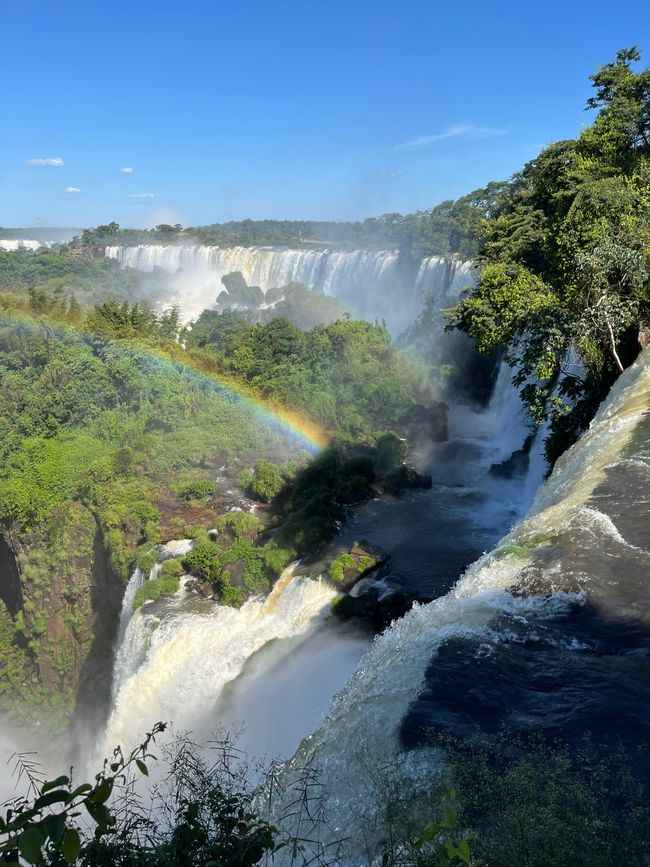

Გამოიწერეთ Newsletter
After traveling almost 1,100 km and 17 hours to the minute in a fairly comfortable night bus, we arrive in Foz do Iguaçu, the border town on the Brazilian side in the border triangle of Brazil, Argentina and Paraguay.
Here the Iguazu River flows into the Rio Paraná and, at the confluence, divides the cities of Foz do Iguaçu, Puerto Iguazu (Argentina) and Ciudad del Este (Paraguay) into three parts.
Anyone who comes to this relatively remote area as a tourist is probably here exclusively for the natural spectacle that takes place a few kilometers up the Iguazu River and can be viewed from both the Brazilian and Argentine sides.
So waterfalls. Anyone who knows me knows that I'm generally not a fan of falling masses of water, which is probably because everywhere in the world you're drawn to the smallest trickle that somehow overcomes a difference in height and I just do I saw far too many waterfalls, which in retrospect were a complete disappointment.
However, since the Iguaçu waterfalls are the largest in the world and the spectacle is also one of the 7 wonders of nature, I of course wanted to give it another chance.
So the four of us checked in with our host Nara and took an Uber straight to the entrance to the national park. There you then paid an entrance fee of 100R$ (20 euros) and continued with the park's own double-decker bus to the start of the hiking trail along the falls. After a few meters you can see the outer reaches of the waterfalls for the first time, although it still seems quite unspectacular.

The true extent of this natural wonder can be seen after about 20 minutes of hiking. More and more masses of water are cascading down the steep slopes in different places and no matter where you look, the entire horizon seems full of it and I also have the feeling that I am part of it. This is mainly due to the fact that the path leads ever closer to the water masses and I am slowly getting a feeling for the dimensions in which we are moving here.
A total of 20 large and 250 smaller waterfalls plunge down to a depth of up to 80 m over an area of 2.7 km. The main waterfall, the so-called “Garganta del Diablo” (Devil's Throat) is a U-shaped gorge 150 m wide and 700 m long and should be the destination of today's hike. A 600 m long footbridge leads to the lower end of the giant and you stand right on the edge of another cliff over which an incredible amount of water continually rushes past you.

Despite the jostling crowds of tourists (although I have to say that I still find the rush here to be within tolerable limits), I had to go into myself for a few minutes at this point and take in this surreal scenery. One of the greatest natural wonders on this planet and you just stand right in the middle of it. So we briefly sharpened our senses and preserved and saved all the noise, the wetness and of course the visual spectacle for a moment. Just fantastic!
After all the experiences and a hearty refreshment, we head back to the accommodation in the afternoon. The next day the spectacle was to be examined by the Argentine side.
The next day it was a similar process: sunscreen, mosquito spray and a hat packed (essential at 35° and not a cloud in the sky), driver hired and back to the waterfalls, this time crossing the border into Argentina in advance, which should open up a different perspective.
The other 3 had agreed in advance on a boat trip to the waterfalls, but I was undecided as to whether the price and performance ratio was acceptable to me, since you should pay the equivalent of 60 euros for the fun. However, when I arrived at the national park and the counter for the boat tour, I didn't need much convincing and I decided to get on the boat too. It was probably the extremely confident demeanor of the lady at the counter that took away any doubts I had and made it unmistakably clear to me that this was an investment well spent.

After a short hike and a 25-minute drive to the jetty, there was an introduction, life jacket and waterproof bags. It was clearly communicated in advance that anything that wasn't waterproof should be packed into the bag before reaching the waterfalls, because we would probably have to have a good shower. So we were pretty excited and got on the boat and sped up the river at high speed. After about 10 minutes you could see the first masses of water falling into the river on the horizon and full of anticipation, I was already sure that this was the right decision.
From the water side, the waterfalls sometimes looked like a painting and I had to remind myself several times that this was a reality created by nature and not created in Photoshop - simply beautiful.

After a moment of amazement and the renewed feeling that you couldn't really get enough of it, we got down to business and took the boat several times almost directly to the waterfalls. To describe the force with which the water pours over the boat as a shower is really flattering. Everything around you is wet, the water feels like it's coming from everywhere and you also completely lose your bearings. Hats off to the captain of our boat, who carries out these maneuvers with absolute calm and composure - this is probably the routine of hundreds of trips to the falls that makes this seem so easy and professional.

After the water features, we go back to the starting point of the tour and from there another 1.5 km along bridges above the crash edges. On the Argentinian side there are far fewer people and the paths appear more overgrown and more immersed in nature. From here you have a breathtaking panoramic view from above over the large falls several times and you can stroll around and still be amazed at this magnificent natural spectacle.
We reached the exit of the national park late in the afternoon and drove back to our accommodation, pretty exhausted but happy.
After 2 very beautiful days and all that we have experienced, the natural wonder of Iguaçu is clearly a recommendation for me. Both sides were convincing in very different ways, but if I had to choose, I would probably choose the Argentine side again.
The topic of waterfalls should now be finally settled for me. In a positive sense, however, because topping this natural spectacle again should be quite difficult in the future. ;)
A few more background information about the Iguaçu Waterfalls:
The highlight of the Argentinian side is actually a footbridge directly to the edge of the Devil's Throat. Unfortunately, the bridge there is currently not accessible because it was badly damaged by extreme flooding in November 2023.
The name Iguazú has its origins in the Guaraní language and means something like “big water” (y for water and guasu for big).
A myth of the Guaraní people explains the waterfalls as the work of the jealous god Mboi. The evil and vengeful god in the form of a giant snake demanded a virgin every year. Once, however, the chosen one fled downstream in a canoe with her lover. However, Mboi noticed this and, full of anger, carved a gorge into the riverbed. The girl's soul remained trapped in a rock at the foot of the waterfall, forever separated from her lover. This then transformed into a tree on the bank of the Devil's Throat, from where he kept an eye on the rock.
Გამოიწერეთ Newsletter
Უპასუხე
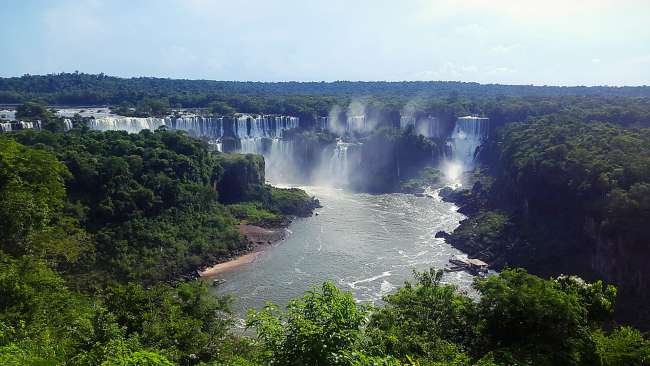
Მოგზაურობის ანგარიშები Არგენტინა
